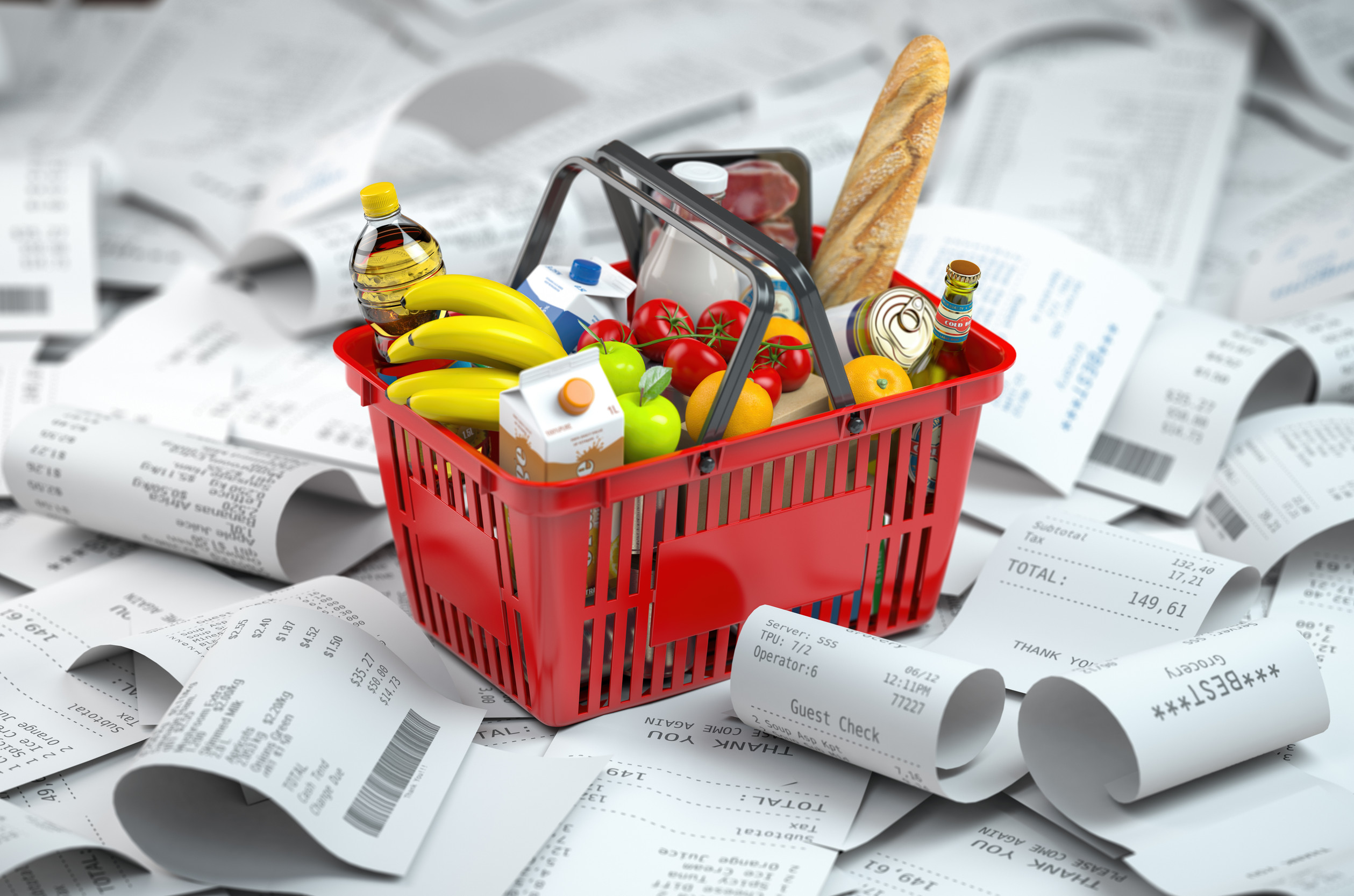
The grocery store used to feel like a place of abundance — aisles overflowing with fresh produce, deals plastered across shelves, and that satisfying sound of scanning items at checkout. But lately, for many families, it feels more like a financial minefield. A single cart of essentials can cost as much as a weekend getaway, and somehow, the bill keeps rising even though the bags seem lighter. It’s not just about poor budgeting or a few bad shopping habits — it’s a complex mix of economics, lifestyle changes, and systemic issues that have turned grocery shopping into a monthly stress test.
So why, in a world of self-checkout lanes and endless coupons, are families still struggling to afford the basics?
The Price of Everything Keeps Sneaking Up
It’s no secret: groceries are more expensive than ever, and it’s not just your imagination. Food prices have climbed steadily due to global supply chain disruptions, climate-related crop losses, and rising fuel costs that make transportation more expensive. Add in higher wages across industries — which sound good until they translate into higher retail prices — and suddenly, a loaf of bread costs more than it did just months ago. Families who were already budgeting tightly now find their grocery bills ballooning even when they buy less. It’s like a financial treadmill — no matter how hard they run, they never seem to get ahead.
Wages Haven’t Kept Up With Inflation
While prices climb, paychecks often don’t. For decades, wage growth has lagged behind inflation, meaning even full-time workers struggle to cover rising costs of living. A family making $50,000 a year in 2010 had a lot more purchasing power than a family earning that same amount today. The result? Groceries — once considered a manageable expense — now eat up a much larger chunk of monthly income. Families may not be earning less, but in real-world terms, they can buy far less than they used to.
Processed Foods Are Cheap — But Not Filling
Walk through any grocery store, and you’ll notice a cruel irony: the least nutritious items are often the most affordable. Boxes of instant noodles, canned meals, and sugary snacks cost a fraction of fresh produce, lean proteins, or whole grains. For families trying to stretch every dollar, processed foods can seem like the only logical choice. Unfortunately, these options are often less filling and less nutritious, meaning families end up spending more in the long run just to stay fed. It’s a frustrating cycle — the cheap food fills the cart but not the stomach.
Childcare and Housing Take the First Slice of the Pie
Here’s another hidden reason grocery budgets are tight: there’s less money left after paying for everything else. Childcare costs can rival a second mortgage, and housing prices — whether renting or owning — have skyrocketed in most cities. That means essentials like food are often the “adjustable” part of the budget, forced to shrink when everything else grows. Families might delay a shopping trip, cut out healthier but pricier items, or rely on discount stores just to make ends meet. When groceries become a budget’s pressure valve, nutrition and comfort often take the hit.
The Hidden Costs of Convenience
Modern life is busy, and convenience comes at a premium. Pre-chopped veggies, ready-made meals, and delivery services can double grocery expenses — but for working parents or caregivers, they’re often the only way to keep dinner on the table. The problem? These shortcuts add up quickly and disguise themselves as minor splurges. A $12 pre-made salad here, a $30 grocery delivery fee there, and suddenly, the month’s food budget has gone off the rails. Convenience may save time, but it often quietly steals money.

Food Deserts and Limited Access
Not every family has a supermarket nearby stocked with affordable, fresh options. In many rural or low-income urban areas, grocery stores are scarce, forcing families to rely on corner markets or convenience stores that charge more for less. The term “food desert” describes this reality — where fresh produce and affordable staples are miles away. Add in the cost of gas or public transportation, and grocery shopping becomes an expensive chore. Access, not just affordability, remains a major reason some families can’t keep up.
Financial Literacy Isn’t Taught Enough
Let’s face it: managing money isn’t exactly a subject most of us learned in school. Many adults have never been taught how to budget effectively, compare prices, or use meal planning as a financial strategy. Without these tools, grocery shopping becomes reactive rather than strategic — buying what’s convenient instead of what’s cost-efficient. Families juggling jobs, kids, and bills often don’t have the time or knowledge to optimize their spending. It’s not carelessness; it’s a skill gap that continues to cost families dearly.
The Psychological Toll of “Always Cutting Back”
Constantly feeling like you can’t afford enough takes an emotional toll. When parents have to say no to favorite foods or smaller luxuries, it creates a sense of guilt and fatigue. This “budget burnout” can lead to splurge spending — those moments of “we deserve this” that temporarily ease stress but strain finances later. The cycle of restraint and regret wears families down, making consistent budgeting even harder. Sometimes, the hardest part of grocery shopping isn’t the total — it’s the mental weight of always worrying about it.
Technology Hasn’t Fixed It — It’s Just Changed the Game
Apps, loyalty programs, and digital coupons promise savings, but they also create confusion. Each store has its own system, each app has different rewards, and keeping track can feel like a full-time job. Some deals are only available online, others require preloaded discounts, and by the time you figure it all out, the sale’s over. For families juggling work and parenting, the digital coupon craze can be more exhausting than empowering. Technology has given shoppers more tools — but also more hoops to jump through.
The Struggle Is Real — But Not Hopeless
So, why do families still struggle with something as basic as grocery bills? It’s a perfect storm of rising prices, stagnant wages, convenience costs, and uneven access to affordable food. But understanding these challenges is the first step toward change — both individually and systemically. Families can take small steps to fight back, from smarter meal planning to community-supported agriculture, but lasting change will come when policymakers and corporations address the roots of the issue.
Have you faced grocery bill sticker shock lately? Share your thoughts, stories, or survival strategies in the comments below.
You May Also Like…
- 7 Sneaky Tricks That Make You Overspend at Grocery Stores
- Could Grocery Loyalty Programs Be Tricking You?
- Could Your Grocery Store Be Secretly Overcharging You?
- Why Do Rich People Buy Cheap Cars While Middle-Class Families Don’t?
- Why Are Funeral Homes Charging New “Convenience Fees” to Families
The post Why Do Some Families Still Struggle With Basics Like Grocery Bills? appeared first on Everybody Loves Your Money.







